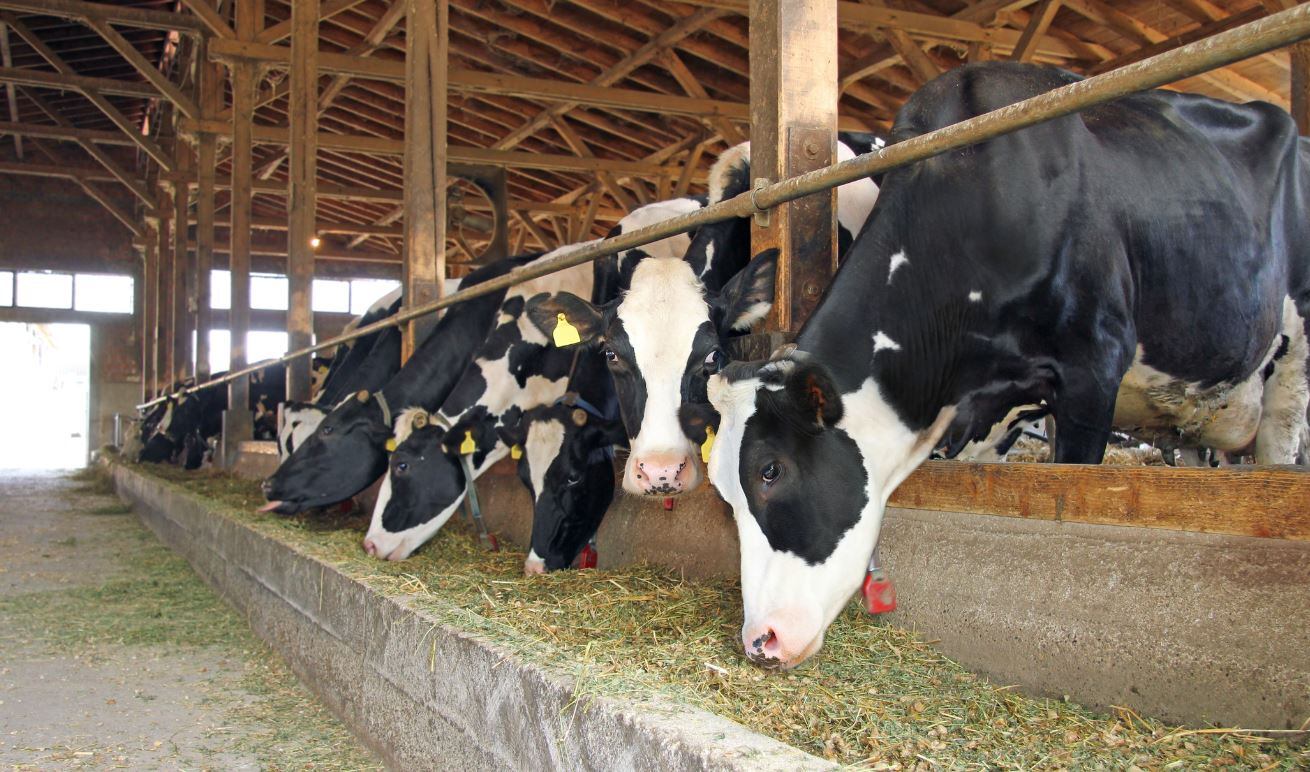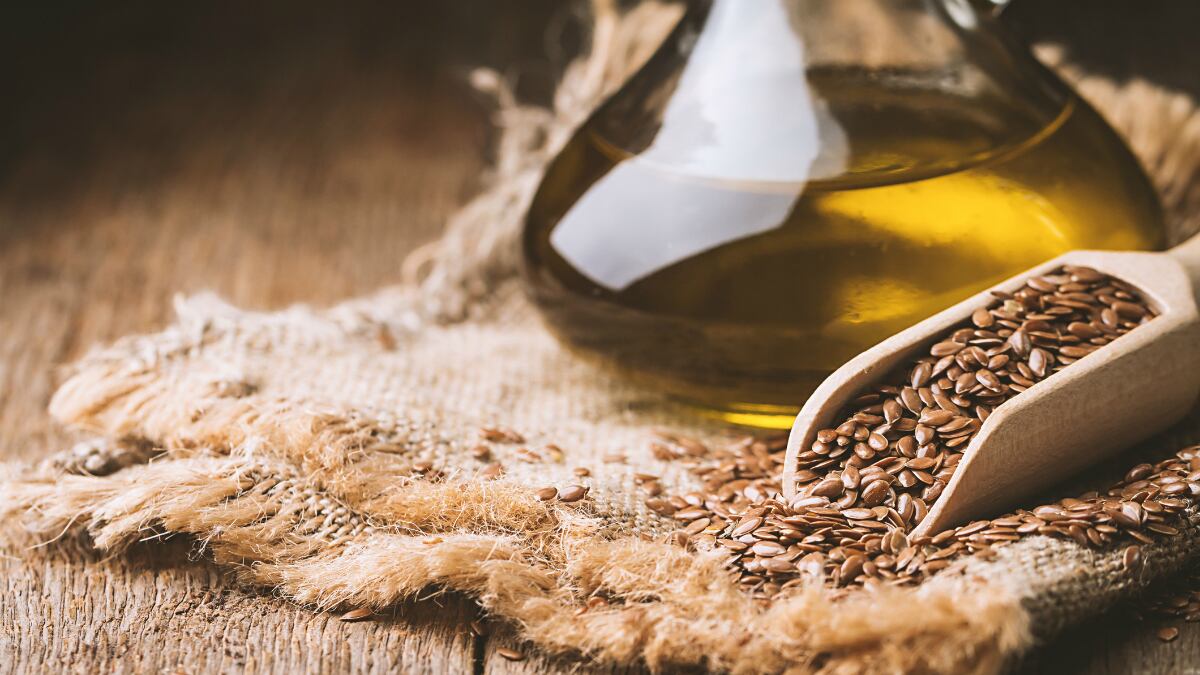Their review paper was published in the journal Nutrients, and evaluated whether changing ruminant feeding regime or lipid supplementation had an effect on the concentrations of n-3 LC-PUFA in dairy products.
The findings suggested, ‘‘Supplementing both dairy cattle and ewes with rumen-protected fish oil increased the content of DHA in milk, which exceeded 1% of the total fatty acids.’’
One serve of fresh milk produced from grazing ewes supplemented with rumen-protected EPA + DHA contains 62 mg of total n-3 LC-PUFA.
Marine-derived supplements, especially fish oil, have shown to improve EPA, DHA, and DPA content in dairy products, due to the lesser extent of ruminal biohydrogenation with the rumen-protected diets.
Researchers also mentioned that plant-derived fat such as oilseeds and extracted vegetable oils were the most common lipid source in ruminant supplements because they are least costly. But this method only marginally increased milk EPA, DHA, and DPA in both bovines and ovines, often lower than 0.1 g/100g FA.
Feeding regime
According to the review paper, “Manipulating the diet or feeding regime is the most popular way to alter milk fat composition/fatty acids in ruminants, but due to rumen microbial fermentation, ruminal biohydrogenation causes dietary PUFA to hydrogenate into monounsaturated FA and/or ultimately, saturated FA, hence this approach is limited”.
n-3 LC-PUFA in milk fat are derived from the absorption of fatty acids from the small intestine and body fat reserves that have both originated from dietary FA. Scientists said EPA has a relatively low absorption rate from the small intestine into the mammary gland from 14% to 33%, and DHA, from 13% to 25%.
Changing the feeding regime of ewes and cows, particularly the type of pasture, seemed to only have a significant effect on shorter chain n-3 PUFA, but minor effect on n-3 LC-PUFA concentrations.
“This is because lipids from pasture sources contain abundant amounts of ALA, but not EPA, DHA and DPA,” the researchers explained. “For example, ALA content of fresh ryegrass varieties, a popular pasture used for ruminants worldwide, ranges from 62 to 74% of total fatty acids.”
Therefore the researchers said, “Current strategies aim to minimize biohydrogenation effects of ruminal microbes and/or improving the absorption rate of these FA into the mammary gland”.
Limitations
A limitation to the study is the higher cost of marine oil source, which could hinder its utilisation as a routine supplementation for dairy ruminants.
But researchers suggested, ‘‘Genetically modifying oilseeds as an alternative and sustainable source of dietary n-3 PUFA for ruminants should be taken into account when future supplies of fish oil may not be sufficient.’’
Another limitation of feeding ruminants with fish oil supplements is the negative impact on meat quality such as rancidity and abnormal flavour in cooked or grilled lamb. Although no side effects on milk and milk products have been reported.
‘‘There were no differences in sensory eating traits between ripened cheese processed from milk produced by dairy sheep supplemented with rumen-protected marine source and the unsupplemented group,’’ the researchers confirmed.
Source: Nutrients
https://doi.org/10.3390/nu11040743
“Enhancing Omega-3 Long-Chain Polyunsaturated Fatty Acid Content of Dairy-Derived Foods for Human Consumption”
Authors: Quang V Nguyen, Bunmi S Malau-Aduli, et al.




